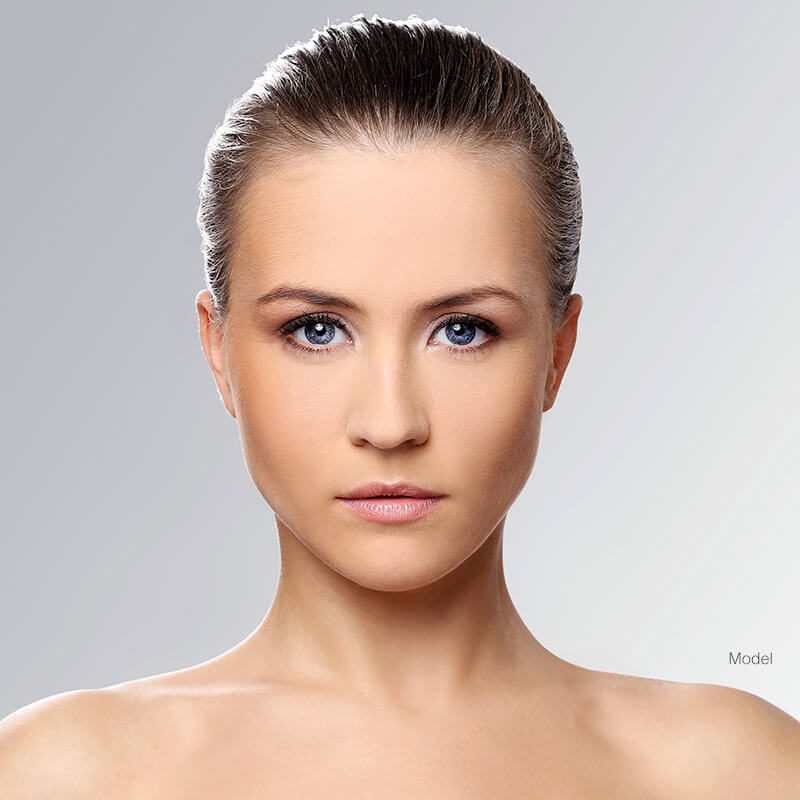
Facial symmetry plays a major role in how we perceive beauty and balance. A well-defined chin can significantly influence the overall appearance of the face. When the chin is recessed or asymmetrical, it can throw off facial harmony—making the nose, jawline, or forehead seem disproportionate. That’s where chin augmentation steps in.
This procedure has become a reliable option for those looking to improve facial balance through surgical enhancement. Whether you’re dealing with genetics or age-related bone loss, this form of cosmetic facial surgery offers a path to better symmetry.
What is Chin Augmentation?
Chin augmentation is a surgical procedure designed to enhance the size, shape, and projection of the chin. It typically involves the use of implants or, in some cases, reshaping the bone itself (genioplasty). Surgeons can tailor the approach based on each patient’s unique anatomy and goals.
There are two common methods:
- Implants: Synthetic materials like silicone are used to build out the chin.
- Sliding Genioplasty: The surgeon cuts and repositions the chin bone.
Each technique has its pros and cons, but both can create a more balanced profile when performed correctly.
The Connection Between the Chin and Facial Symmetry
The chin serves as an anchor for the lower third of the face. If it’s too short, set back, or off-center, the whole face can look unbalanced. A small or recessed chin can also make the nose appear larger and the neck look less defined.
Here’s a simple breakdown of how chin placement affects facial harmony:
| Facial Feature | Effect of Weak Chin | Improvement After Augmentation |
| Nose | Appears larger or more prominent | Balanced, better proportion with the nose |
| Jawline | Looks softer or undefined | Sharper, more sculpted appearance |
| Neck | Can blend into the chin area | Increased definition between chin and neck |
| Cheeks | May seem more prominent | Harmonized with lower face |
Who Should Consider Chin Augmentation?
Not everyone needs surgery, but for some, non-surgical options don’t go far enough. You might be a good candidate if:
- You have a recessed or weak chin.
- Your face appears asymmetrical in photos.
- Your jawline lacks definition.
- You’re in good health and have realistic expectations.
Also, people who’ve undergone rhinoplasty sometimes get chin augmentation to balance their profile. Enhancing the chin can complement a nose job and bring everything into better proportion.
Benefits Beyond Aesthetics
Though it’s typically labeled as cosmetic facial surgery, chin enhancement isn’t just about looks. Improving chin projection can also enhance breathing and jaw function in some cases. Plus, the boost in self-confidence can’t be overstated. Many patients report feeling more secure and satisfied with their appearance after surgery.
What to Expect During the Procedure
The surgery usually takes less than an hour and can be done under local or general anesthesia. Here’s a quick look at the process:
- Consultation: The surgeon evaluates your facial structure and discusses goals.
- Imaging: Some clinics use 3D imaging to simulate results.
- Surgery: Implant or bone work is done through small incisions (often inside the mouth).
- Recovery: Most people return to work within 5-7 days. Swelling can take a few weeks to fully subside.
Pain is usually manageable with over-the-counter medication, though your surgeon may prescribe stronger meds for the first couple of days.
Final Thoughts
So, can chin augmentation improve facial symmetry? Absolutely—when done thoughtfully and by a skilled professional. A well-proportioned chin can balance your profile, sharpen your jawline, and give your face a more cohesive look. While it’s not a one-size-fits-all fix, it’s a powerful option for those seeking lasting, natural-looking results.
Considering it? Do your homework, ask questions during consultations, and make sure you’re doing it for the right reasons. Your reflection should represent how you feel on the inside, and if that means giving your chin a little help—so be it.